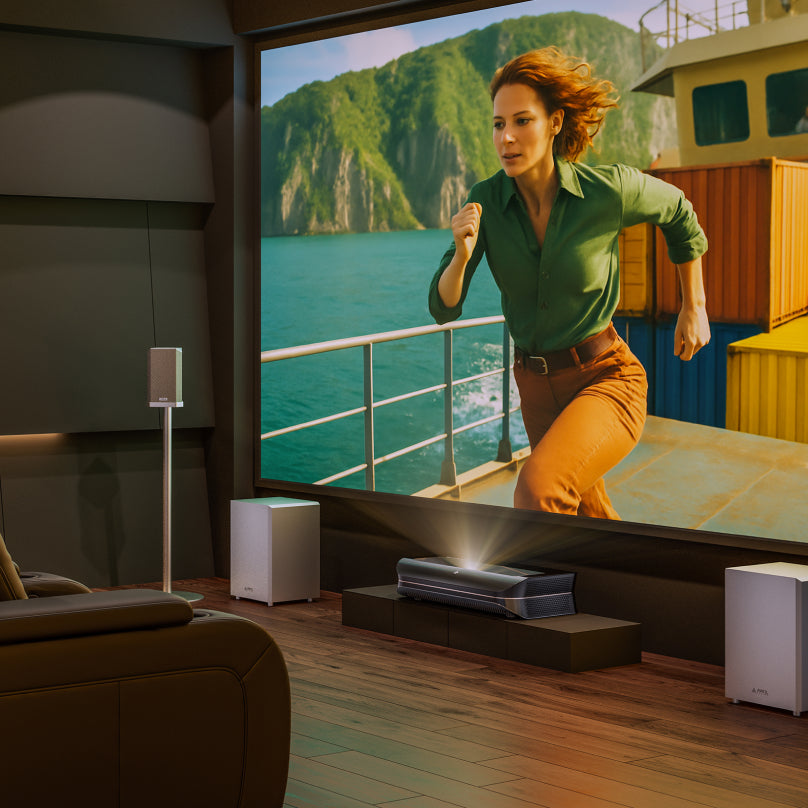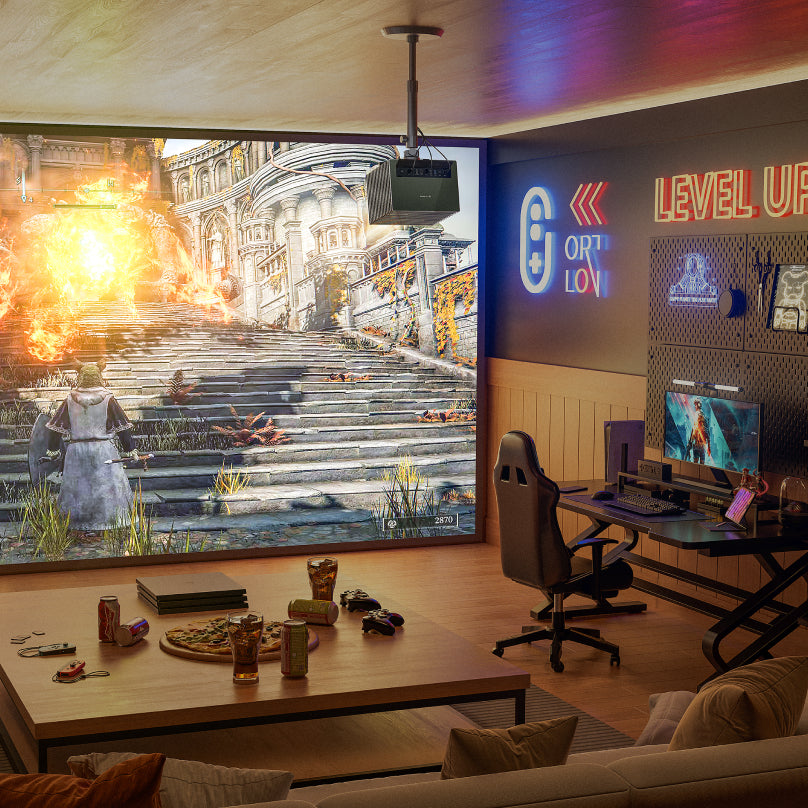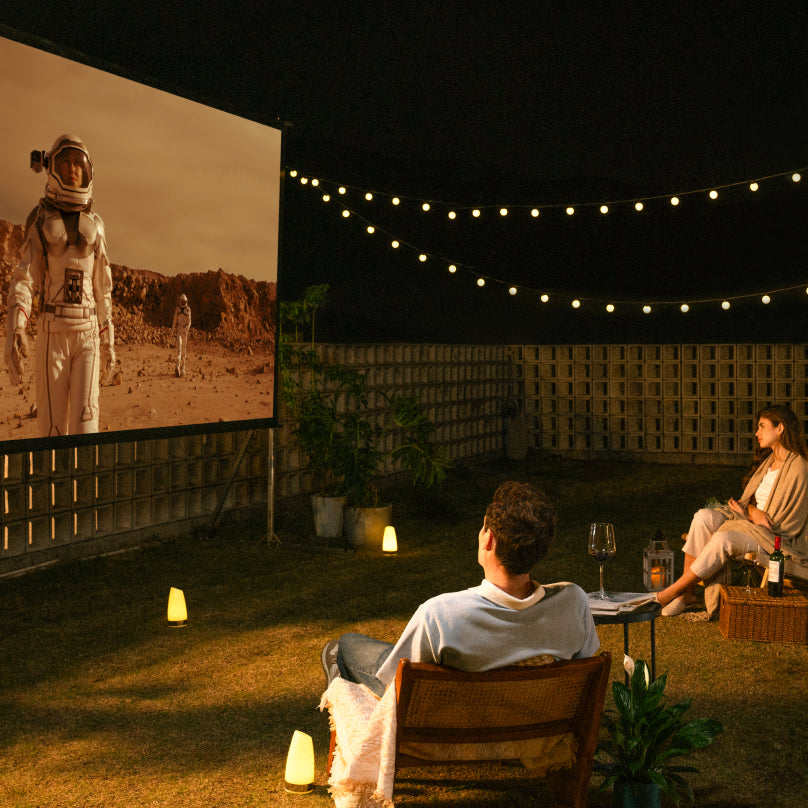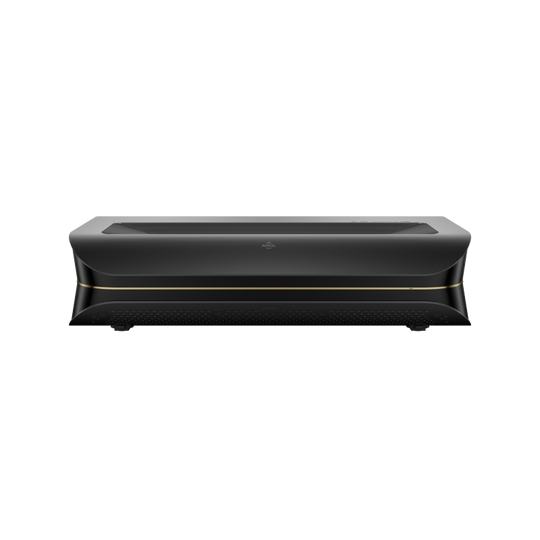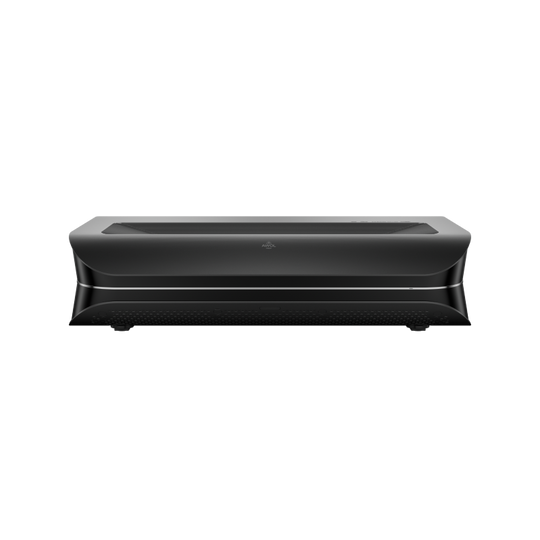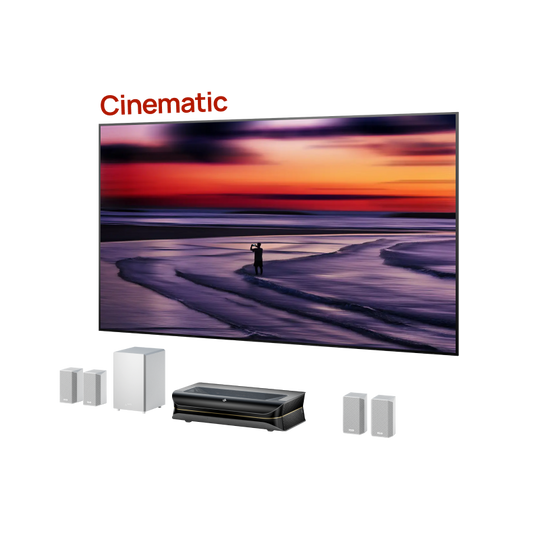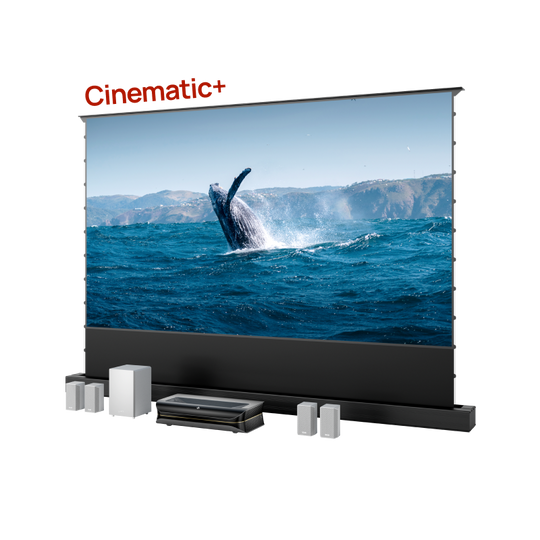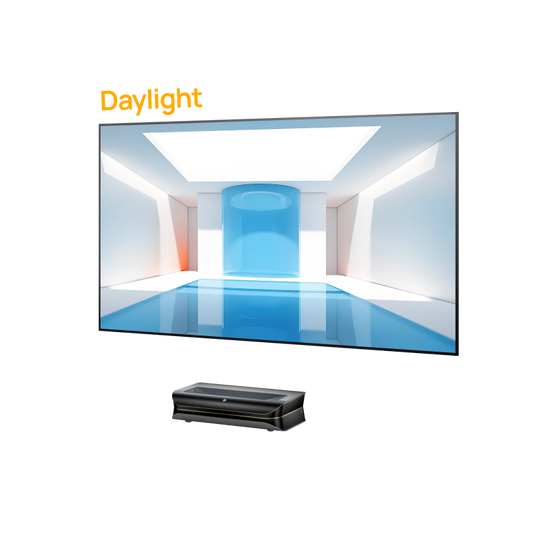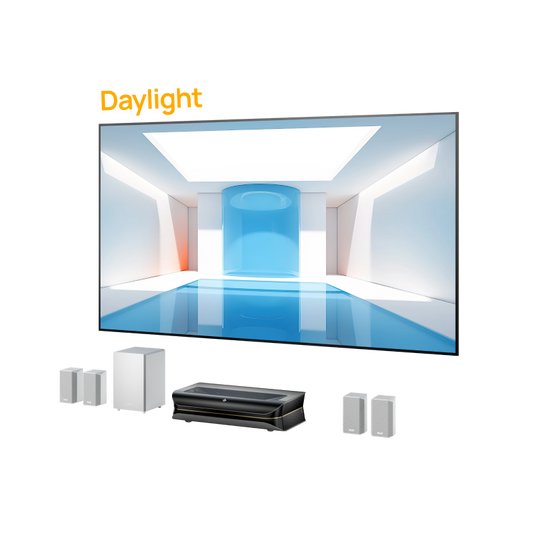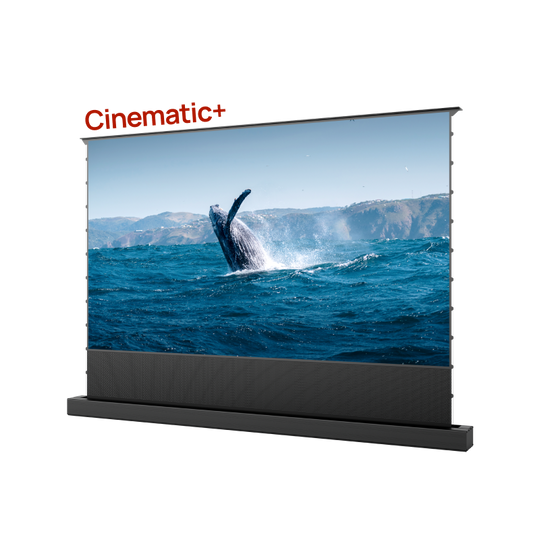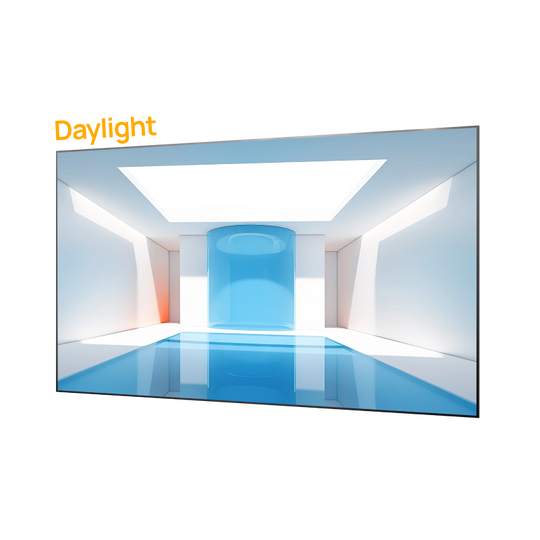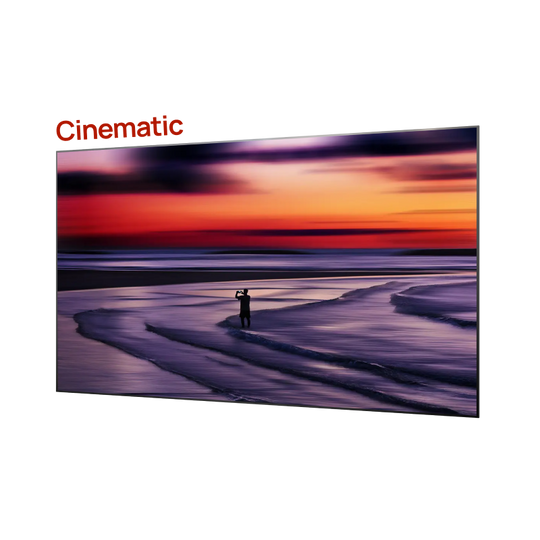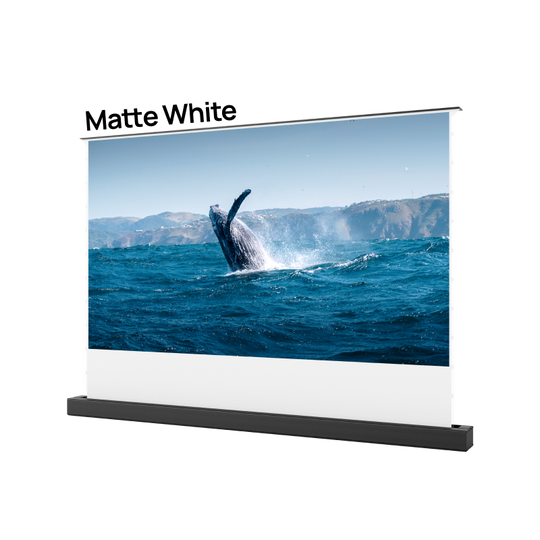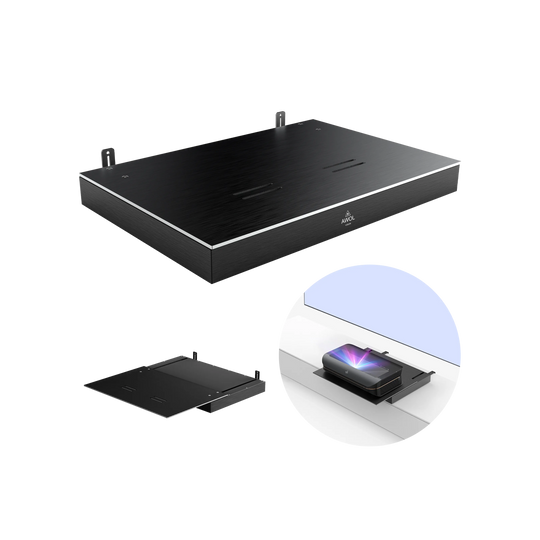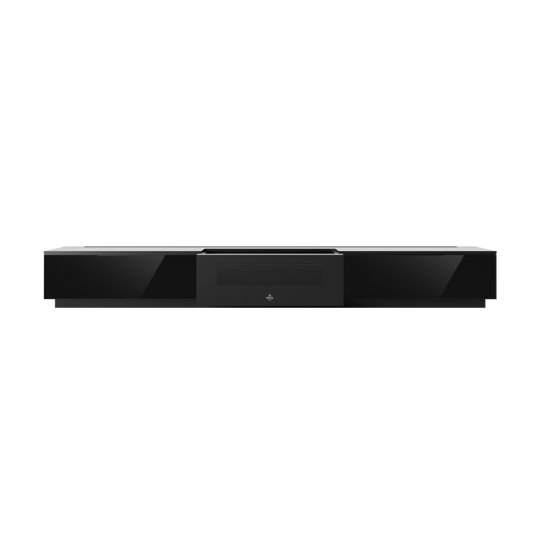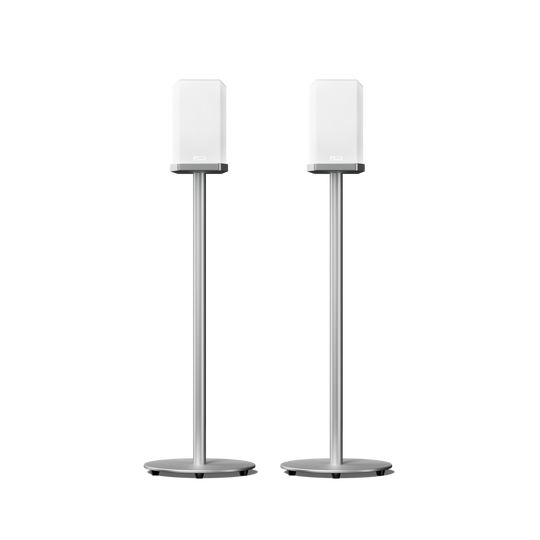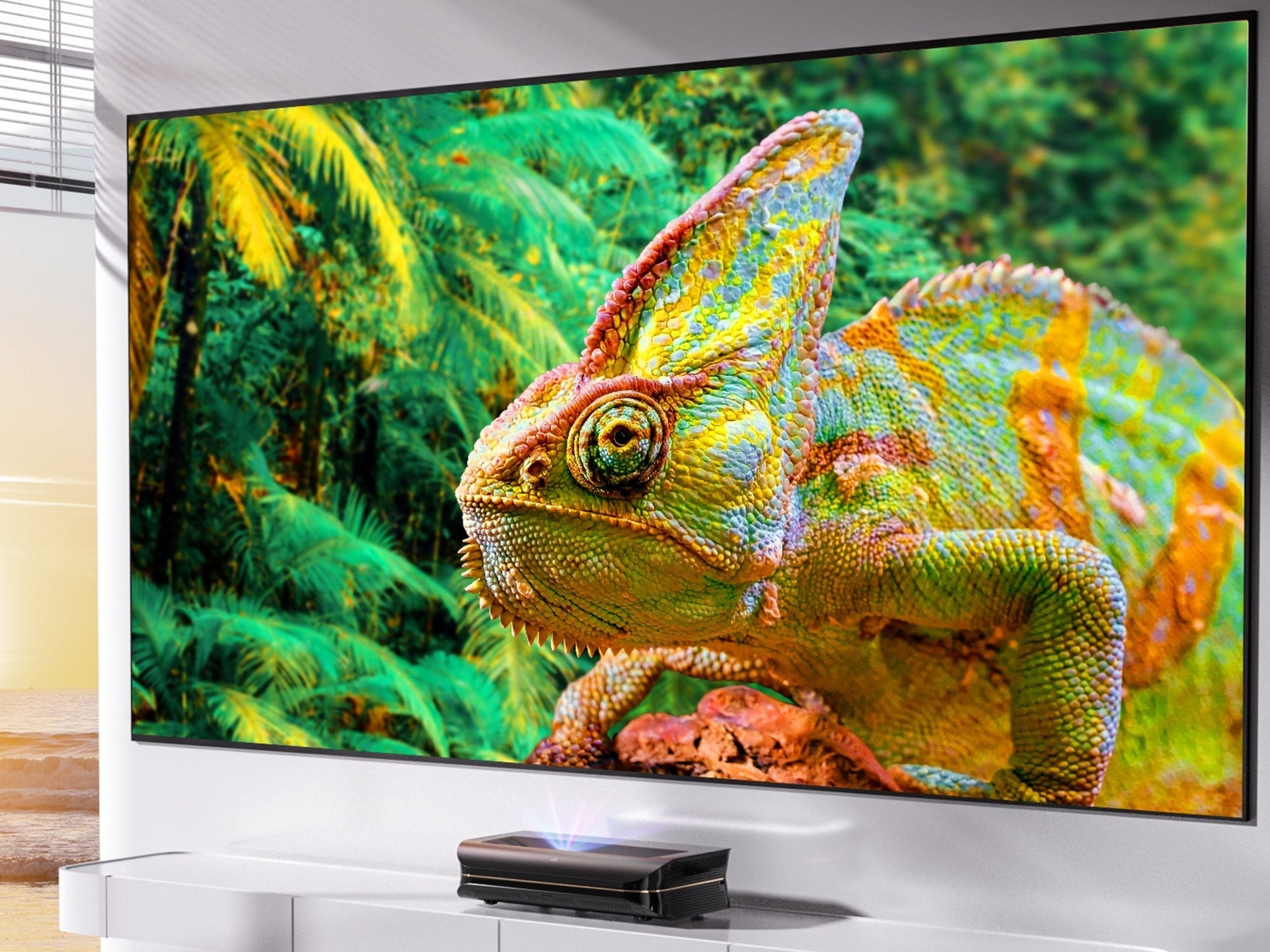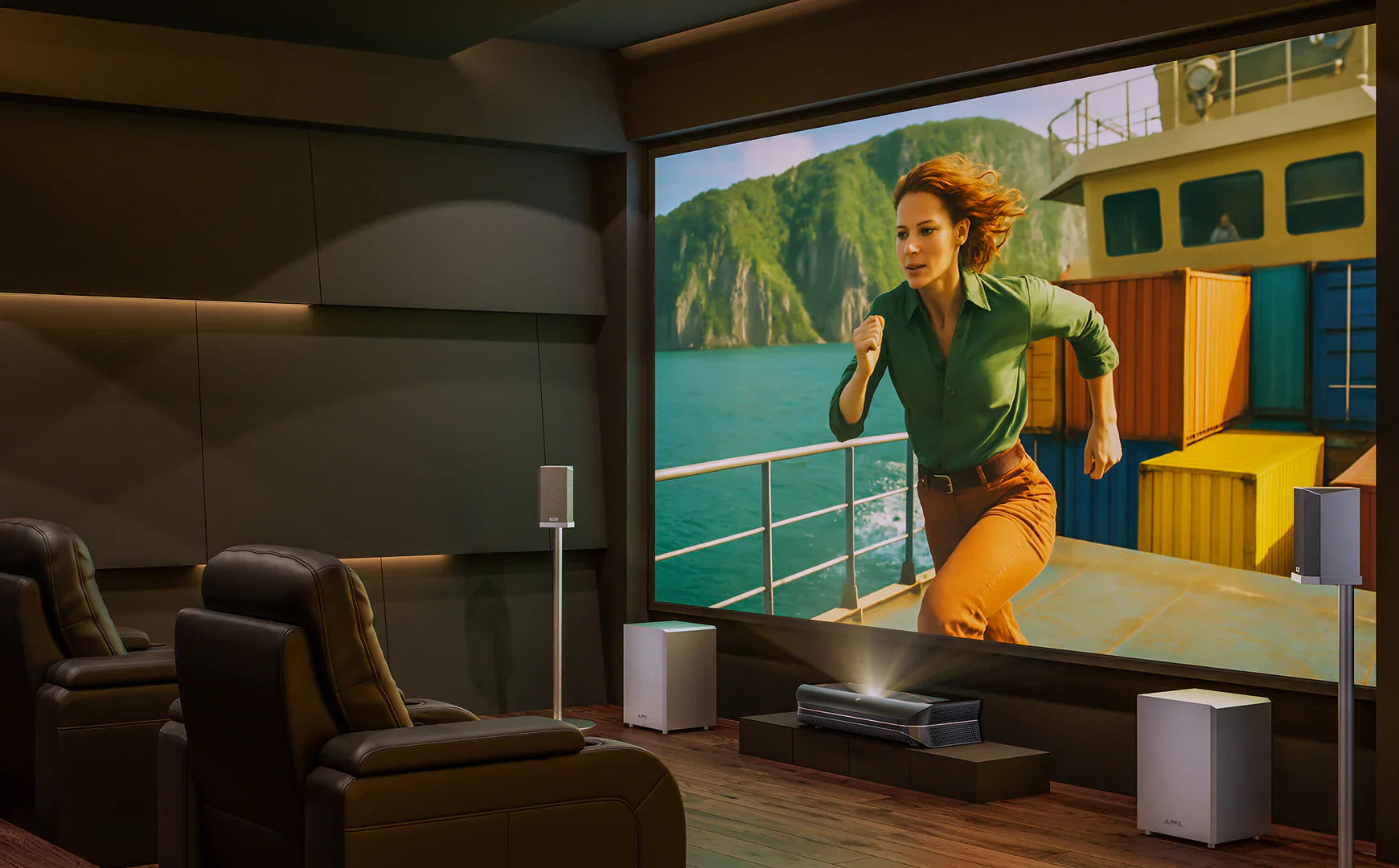You've invested in a projector to create a truly breathtaking, cinema-quality experience in your own home. As you explore the settings to perfect the image, you'll find 'Dynamic Contrast.' Understanding this powerful but often misunderstood setting is key to unlocking the absolute best performance for everything you watch, from a blockbuster movie to a live sports event.
Is this a feature that helps or hinders the picture? The answer depends entirely on your projector's technology and what you're watching. This guide provides a complete breakdown of what dynamic contrast does, its pros and cons, and clear recommendations to help you configure your projector for a flawless picture every time.
Types of Contrast Enhancement: Software vs. Hardware
Before deciding to toggle a setting, it’s crucial to understand that modern projectors handle contrast in two fundamentally different ways.
Software 'Dynamic Contrast' (The Menu Setting)
This is the setting you can turn on or off in your projector's menu. Think of it as an intelligent software filter that constantly analyzes the image. It digitally alters the picture's brightness and gamma levels to make bright parts brighter and dark parts darker. The goal is to create a more vibrant, "punchy" image, but it achieves this by modifying the original signal before it's displayed.
Hardware-Based Dimming (The Superior Technology)
High-end projectors utilize a far more sophisticated approach: they physically control their light source in real-time. This is not a software trick; it's a core hardware capability.
For instance, laser projectors like the AWOL Vision LTV-3500 Pro use a technology called 'Laser Dimming.' This allows the advanced laser engine to physically dim its own light for dark scenes and increase it for bright ones with incredible speed. This direct modulation of the light source creates a deeper, more natural black level and stunning highlights without digitally crushing details. This hardware-based approach is almost always preferable.
Pros and Cons of the 'Dynamic Contrast' Software Setting
Knowing the difference, let's evaluate the pros and cons of the optional software setting you can control.
Potential Benefits (When You Might Use It)
-
Boosts Vibrancy for Casual Viewing: It can make animated content or sports look extra vivid and eye-catching.
-
Helps in Bright Environments: For casual daytime viewing in a room with ambient light, the added punch can help the image stand out against glare.
-
Can Enhance Older Content: It can sometimes add a bit of perceived depth to older, standard-definition content that may look washed out.
Potential Drawbacks (Why Purists Turn It Off)
-
Increases Input Lag: The software requires processing time, which creates a delay (input lag) between a command on your game controller and the action on-screen.
-
Crushes Shadow Detail: In its quest for deeper blacks, the software can treat dark grey tones as pure black, erasing subtle textures and details that exist in the shadows.
-
Clips White Detail: It can push the brightest parts of the image to pure white, losing detail in things like bright clouds, wedding dresses, or explosions.
-
Alters Creative Intent: Filmmakers and game developers meticulously craft the look of their work. Dynamic contrast software overwrites their artistic choices.
-
Interferes with Advanced Hardware: If your projector has a powerful hardware dimming system, the software setting can clash with its superior performance.
The Verdict: Recommended Settings by Use Case
For Gaming: Prioritize Flawless Responsiveness (Set to OFF)

For a truly immersive gaming experience, the verdict is absolute: turn Dynamic Contrast off. The increase in input lag is the enemy of responsive gameplay. High-performance projectors often support an Auto Low Latency Mode (ALLM) that does this automatically for a reason. To gain a true competitive edge and experience the flawless responsiveness your projector is capable of, disable any extra image processing.
For Movies & HDR Content: Prioritize Cinematic Purity (Set to OFF)

To get a true cinema experience, you must see the film as the director intended. This is especially critical for advanced HDR formats like HDR10+ and Dolby Vision. Dolby Vision is a complete ecosystem that contains dynamic metadata to manage the picture's brightness and contrast on a scene-by-scene, or even frame-by-frame, basis. It is designed to work directly with your projector's native hardware capabilities. Turning on an external 'Dynamic Contrast' setting is not only redundant, it is actively counterproductive to achieving a pure, accurate, and breathtaking cinematic image.
For Daytime Sports & TV: A Matter of Preference (Consider LOW)
There are situations where accuracy is less important than vibrancy. If you're watching a football game on a Sunday afternoon with the windows open, the priority is a bright, punchy image that can compete with ambient light. In this scenario, experimenting with the 'Dynamic Contrast' setting on 'Low' can be desirable. It can give the image that extra pop to make it more engaging in a casual viewing environment.
How to Find and Adjust Dynamic Contrast in Your Settings
While the exact path can vary, you can typically find the setting with these steps.
-
Press the Settings or Menu button on your remote.
-
Navigate to the Picture Settings section.
-
Look for a sub-menu labeled Advanced Settings, Expert Settings, or Picture Options.
-
Find the setting labeled Dynamic Contrast. Note: It may also be called 'Contrast Enhancer,' 'Black Tone,' or 'Live Color' depending on your projector's menu.
-
Toggle the setting. We recommend Off as your default for purity and performance.
Frequently Asked Questions (FAQ)
What is the purpose of dynamic contrast?
Its main purpose is to use software to make the image appear more vibrant by digitally boosting contrast in real time.
Is dynamic contrast the same as local or laser dimming?
No, and this is a critical distinction. 'Dynamic Contrast' is typically a software filter. Local or laser dimming is a superior hardware feature that physically controls the projector's light source to create true blacks. For example, the laser dimming on a like the AWOL LTV-3500 Pro is far more effective than any software setting. For the best picture, you should rely on the hardware dimming and turn the software setting off.
Should I turn dynamic contrast on for HDR or Dolby Vision content?
No. These advanced formats have their own sophisticated metadata to manage the image. The 'Dynamic Contrast' software can interfere with this, so it should be turned off to see the content as intended.
Conclusion
To unlock the purest performance and most responsive feel your projector can deliver, the expert recommendation is to set the 'Dynamic Contrast' software setting to Off. This allows the projector's advanced hardware to shine, delivering a faithful, breathtaking image for cinema-quality movies and competitive gaming.
However, a powerful projector is also a versatile one. For casual daytime viewing, don't be afraid to use 'Dynamic Contrast' on its 'Low' setting as a tool to make the image pop. Think of 'Off' as your baseline for quality and 'Low' as an option for specific, casual situations.
